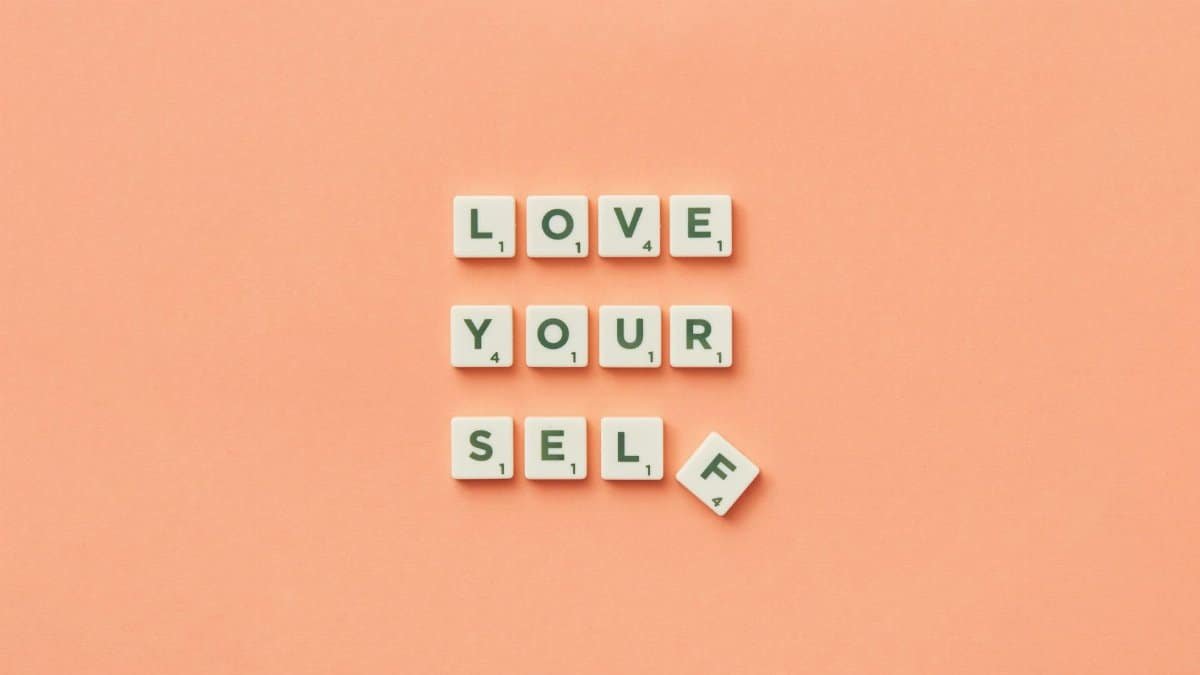In the quiet hours after a long day, many Americans find themselves confronting a familiar emptiness. A recent survey by the American Psychological Association revealed that 62% of adults report feeling disconnected from their own sense of worth, a statistic that’s climbed steadily over the past decade amid rising stress levels. This disconnection isn’t just a fleeting mood; it’s a barrier to well-being that self-love healing seeks to address. Far from fluffy self-help jargon, it involves practical steps to rebuild inner compassion, often through therapy, mindfulness, or simple daily affirmations. As middle-aged readers navigate midlife transitions—career shifts, family changes, or health concerns—this approach offers a grounded way to reclaim emotional stability. But what happens when you finally allow that healing to take root? The transformation can be profound, reshaping how we relate to ourselves and others.
The Roots of Inner Resistance

Resistance to self-love often stems from deeply ingrained patterns. Think about how childhood messages or societal pressures shape our self-view. In many U.S. households, the emphasis on achievement over emotional nurturing leaves lasting marks. A study from the National Institutes of Health highlights how early experiences of criticism can wire the brain toward self-doubt, making healing feel like an uphill battle.National Institute of Mental Health on Mental Health Topics explores this, noting that unresolved trauma disrupts self-compassion pathways.
Take Sarah, a 45-year-old teacher from Chicago. She described years of pushing through exhaustion, ignoring her needs until burnout hit. “It was like living with a constant critic in my head,” she shared in a conversation last month. Only when she paused to question that voice did change begin. This isn’t unusual; therapists report a surge in clients seeking tools to dismantle such barriers. The process demands patience, starting with small acknowledgments of one’s worth. Yet, as resistance fades, a subtle freedom emerges. Relationships improve because you’re no longer projecting old wounds onto others. It’s a reminder that healing isn’t about perfection—it’s about progress.
Embracing Vulnerability as Strength
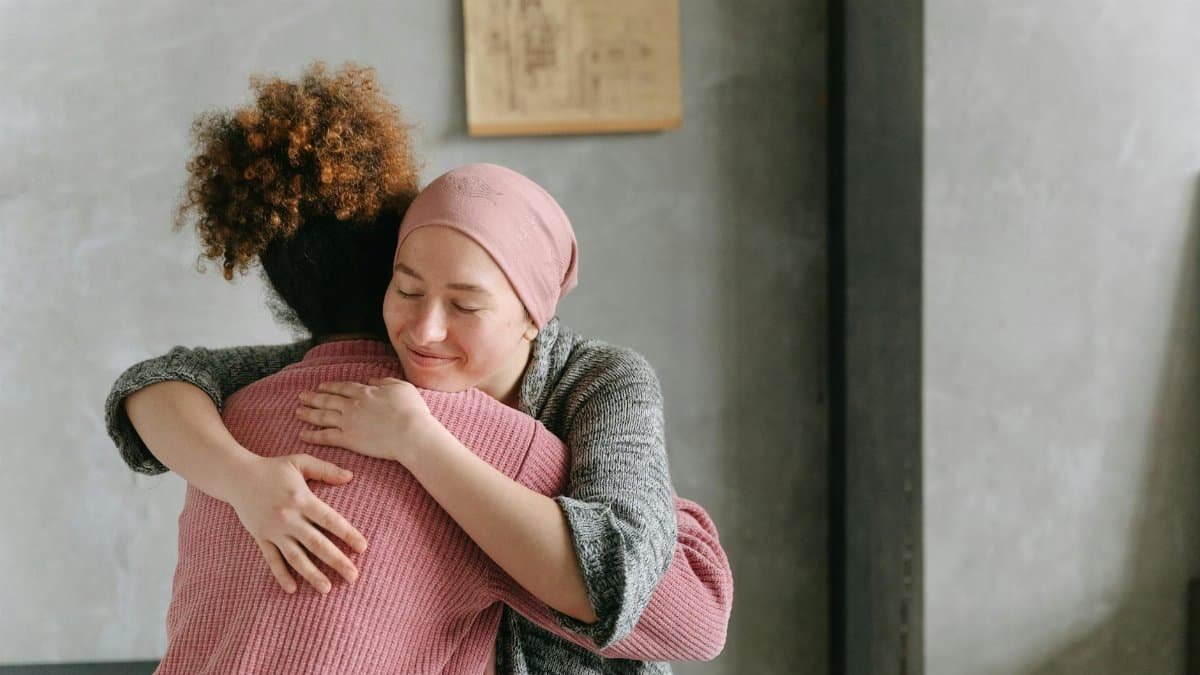
What if vulnerability wasn’t a weakness but the gateway to genuine self-love healing? For many, the idea feels counterintuitive in a culture that prizes stoicism. Middle-aged men, in particular, often grapple with this, conditioned to suppress emotions. Yet, research from Harvard’s Grant Study, a decades-long project tracking adult development, shows that emotional openness correlates with longer, healthier lives. Participants who embraced vulnerability reported deeper satisfaction in their later years. You can find more on this at Harvard Grant Study Overview.
Picture a group session in a New York community center, where participants share stories of past failures. One man, in his fifties, admits to years of hiding insecurities behind workaholism. His breakthrough comes mid-sentence, tears mixing with relief. Such moments illustrate how vulnerability fosters connection. It strips away the armor, allowing compassion to flow inward. Of course, this isn’t easy. Doubts creep in: What if others judge? But pushing through reveals a core truth—strength lies in authenticity. As 2025 brings more awareness to mental health, expect this shift to gain traction, especially among those reevaluating life’s second half.
Daily Practices That Build Momentum
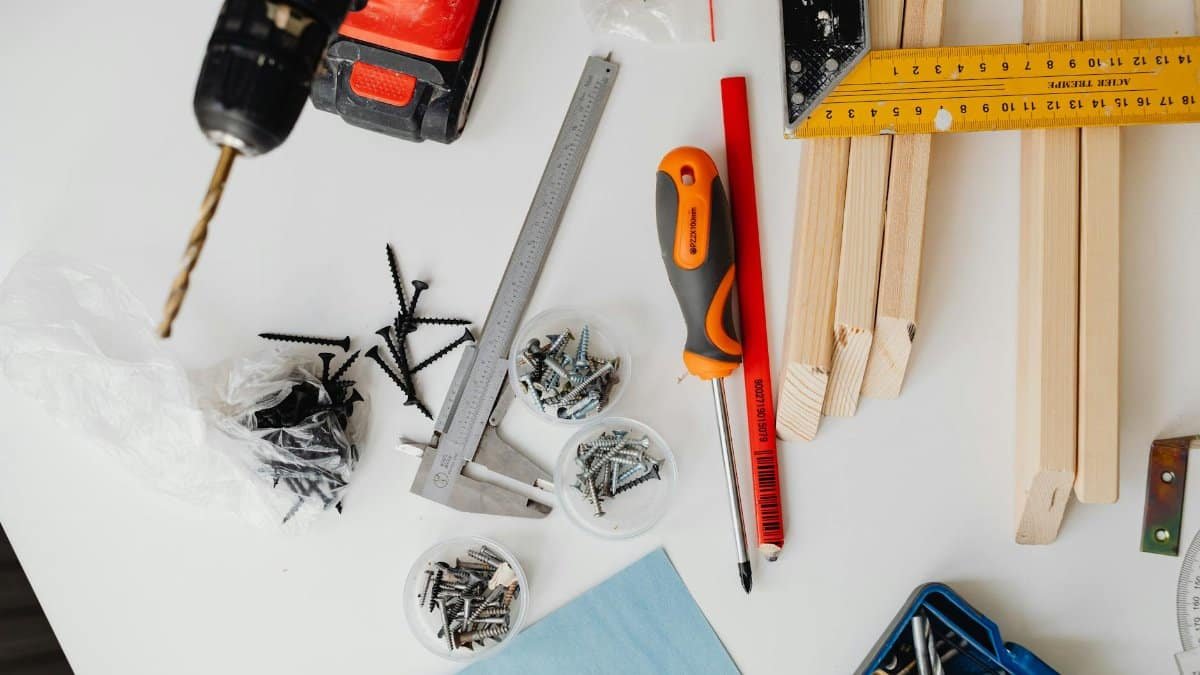
Building self-love healing doesn’t require grand gestures. Start small, like morning rituals that affirm your value. Journaling, for instance, helps reframe negative thoughts. A Pew Research Center report on American wellness trends notes that 45% of adults now incorporate mindfulness practices, up from 30% a decade ago, reflecting a broader embrace of these tools. Dive into the data at Pew Research on Mental Health.
Consider Lisa, a marketing executive in Atlanta. She began with five minutes of gratitude each evening, listing things she appreciated about herself. At first, it felt awkward, forced. Weeks in, though, it shifted her mindset during stressful meetings. “I stopped second-guessing every decision,” she said. Other practices include body-neutral exercises, like gentle yoga, which counteract the self-criticism amplified by social media. The key is consistency; these habits compound over time. Mix in nature walks or creative hobbies to keep it fresh. In a fast-paced world, such routines carve out space for self-kindness, proving that healing is as much about action as intention.
The Ripple Effect on Relationships
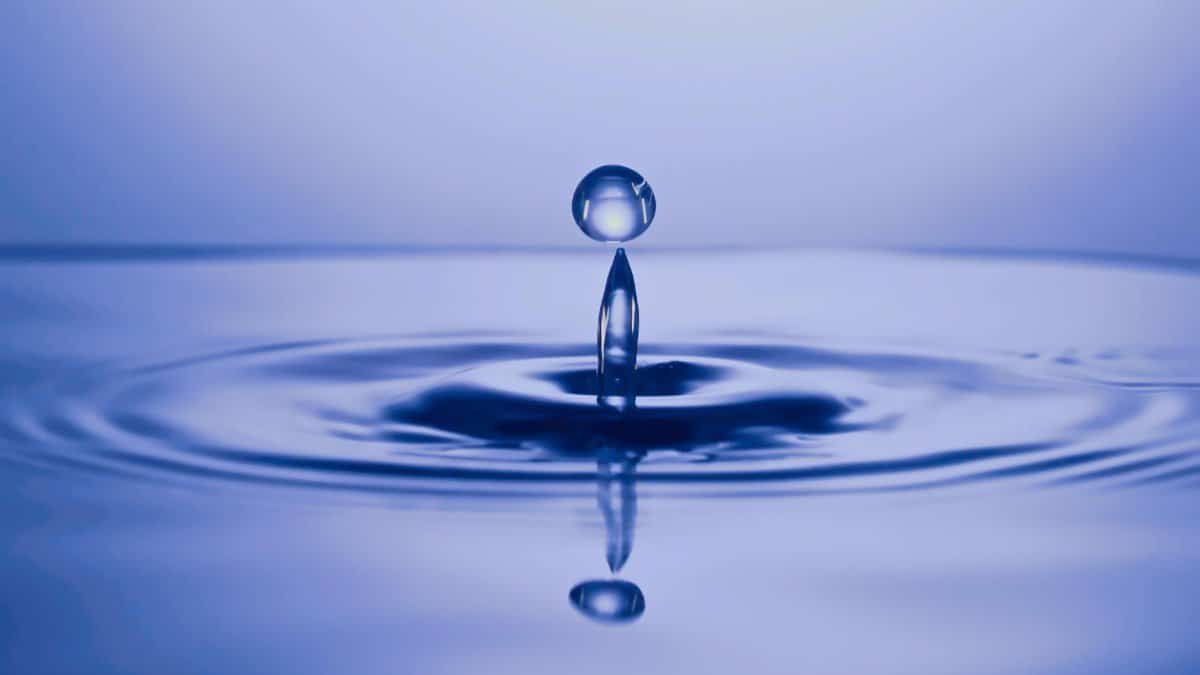
Self-love healing extends beyond the individual, influencing how we connect with others. When you treat yourself with kindness, it sets a new standard for interactions. Couples therapists often see this play out: partners who heal internally communicate more openly, reducing conflicts. A study published in the Journal of Personality and Social Psychology found that self-compassionate individuals form stronger bonds, with lower rates of relational anxiety. Access the journal’s insights at Journal of Personality and Social Psychology.
Online discussions frequently echo this. One anonymous post described a midlife revelation: “After years of people-pleasing, I learned to say no without guilt. My marriage transformed because I wasn’t resenting my husband anymore.” It’s a common thread—self-love creates boundaries that protect energy, fostering mutual respect. Families benefit too; parents model healthier behaviors for children. Yet, tensions arise when old dynamics clash with newfound assertiveness. Navigating this requires empathy, but the payoff is deeper, more authentic ties. In 2025, as remote work blurs personal boundaries, this relational healing could become even more vital.
Overcoming Setbacks and Plateaus

Healing isn’t linear; setbacks are part of the journey. A bad day might trigger old self-doubt, making progress feel illusory. Experts from the Mayo Clinic emphasize resilience-building, suggesting techniques like cognitive reframing to bounce back. Their resources on emotional health underline that plateaus often precede breakthroughs. Check out Mayo Clinic on Mental Health for practical advice.
Reflect on Tom’s experience, a veteran from Texas. After months of therapy, a family crisis reignited his inner turmoil. “I thought I’d failed,” he admitted. But revisiting his tools—meditation and support groups—helped him regroup. These stories highlight the importance of grace during lulls. Plateaus allow integration, turning abstract concepts into habits. Cultural factors, like the American drive for quick fixes, can exacerbate frustration. Still, persistence pays off. By viewing setbacks as teachers, you cultivate enduring self-love, ready for life’s inevitable ups and downs.
The Broader Societal Shift

Self-love healing is gaining ground in U.S. society, influenced by movements like body positivity and mental health advocacy. Celebrities and influencers amplify it, but grassroots efforts drive real change. The CDC reports increasing utilization of mental health services, with a 20% rise in therapy seekers since 2020. Explore their data at CDC Mental Health Resources.
In workplaces, companies now offer wellness programs focused on self-care, recognizing its link to productivity. A middle-aged accountant in Seattle shared how her firm’s mindfulness workshops sparked her journey: “It was the first time I felt permission to prioritize myself.” This shift challenges old norms, promoting collective well-being. However, access remains uneven, with rural areas lagging. As 2025 unfolds, policy pushes for equitable mental health resources could accelerate this trend, making self-love healing a cornerstone of American resilience.
Measuring Personal Progress

How do you know when self-love healing is working? Signs include reduced self-criticism and increased joy in solitude. Psychologists use scales like the Self-Compassion Scale to quantify this, developed by researcher Kristin Neff. Her work shows measurable improvements in life satisfaction. Learn more at Self-Compassion.org.
For many, progress shows in subtle ways: choosing rest over overwork, or celebrating small wins. One woman recounted, “I looked in the mirror and smiled, without picking apart my flaws.” Tracking through apps or journals helps, but avoid obsession. True measurement lies in how you feel—lighter, more present. It’s a lifelong pursuit, evolving with age. In midlife, this awareness brings clarity, turning what once felt like survival into thriving.
Integrating Healing into Everyday Life
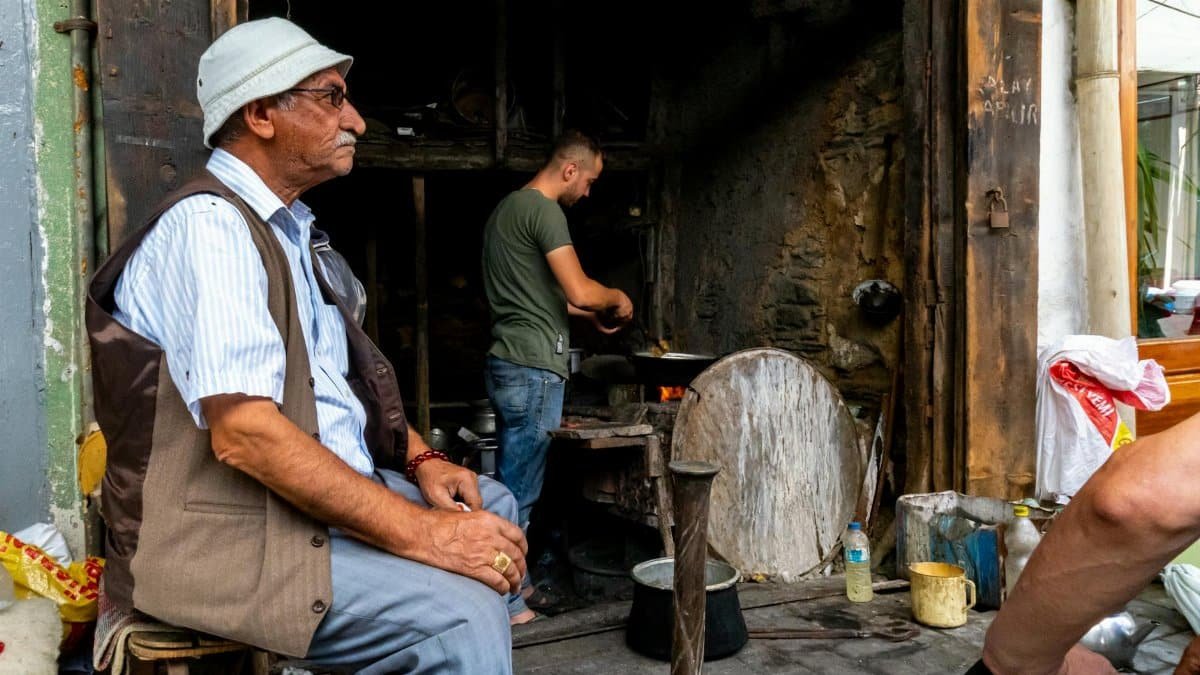
Making self-love healing a seamless part of routine transforms it from concept to reality. Embed it in habits like mindful eating or boundary-setting at work. A report from the Substance Abuse and Mental Health Services Administration notes that integrated practices lead to sustained mental health gains. Find their guidelines at SAMHSA Mental Health Resources.
Imagine weaving affirmations into your commute, or using evenings for reflection. These integrations build resilience against daily stressors. Challenges persist—time constraints, skepticism from peers—but creativity helps. As more Americans adopt this in 2025, it could redefine self-care norms, emphasizing internal peace over external validation.
When Healing Leads to Advocacy
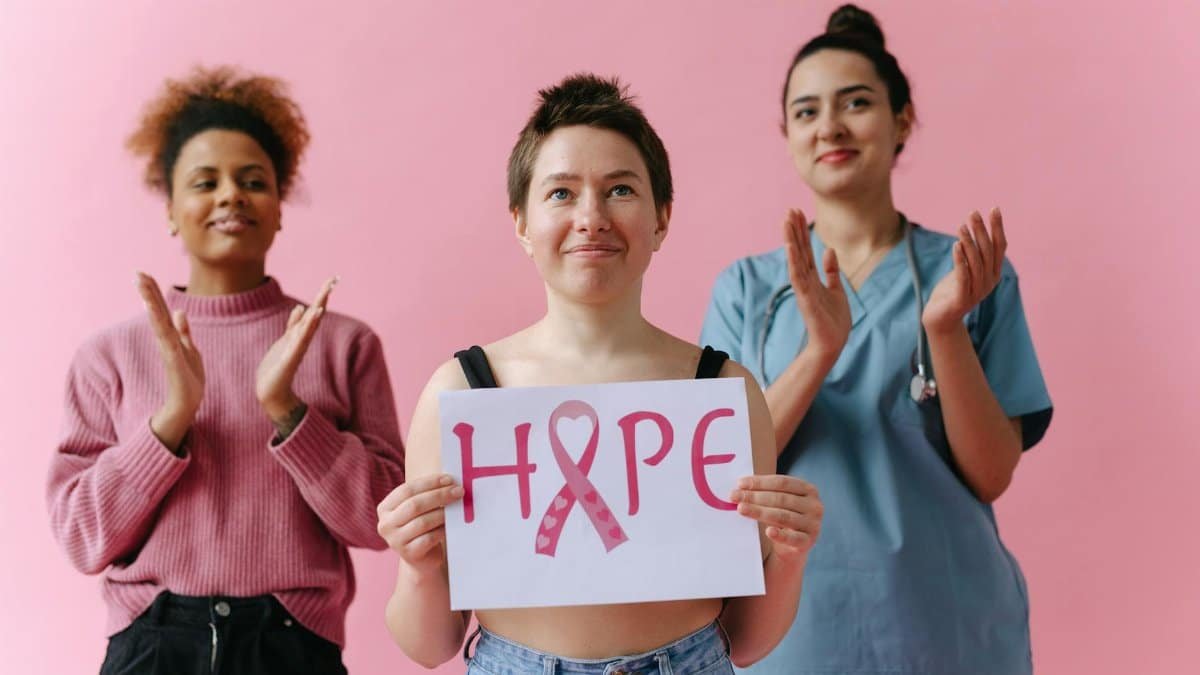
Sometimes, personal healing inspires broader action. Individuals who’ve embraced self-love often advocate for others, joining support groups or campaigns. This creates a cycle of positive change. The National Alliance on Mental Illness tracks such involvement, showing community benefits. Visit NAMI Homepage for stories and resources.
One advocate, a retiree from Florida, started a local meetup after her own journey. “Sharing my story helped others see they’re not alone,” she said. This ripple extends to policy, pushing for better mental health funding. It’s empowering, turning vulnerability into collective strength. For middle-aged folks, this phase often aligns with legacy-building, making advocacy a fulfilling extension of self-love healing.
